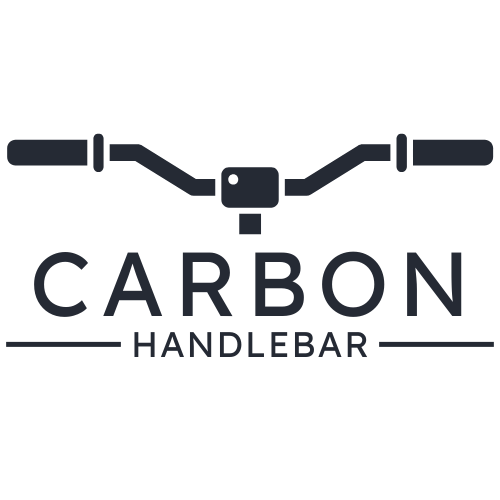Carbon handlebars have become increasingly popular among cyclists for their lightweight properties and excellent vibration dampening. However, caring for these components is crucial as flaws and damage can compromise your safety on the road. Regular inspections not only enhance performance but also prolong the lifespan of your handlebars. Here’s a seasonal guide on how often to inspect your carbon handlebars and what you should look for during each check.
Pre-Ride Inspection
Before embarking on any ride, it’s essential to perform a quick inspection of your carbon handlebars. This pre-ride check should include:
- Visible Cracks or Damage: Carefully examine the handlebars for any signs of cracks, chips, or other forms of damage. Even a small crack can significantly weaken the structural integrity of the handlebars.
- Loose Components: Ensure that all components attached to the handlebars, including the stem and brakes, are tightly secured. Loose fitments can lead to erratic handling.
- Wear from Grips or Tape: Check the grips or tape for wear and tear. Worn grips can compromise your grip and control, leading to accidents.
Seasonal Inspection Guidelines
Spring (Start of Riding Season)
As spring heralds the start of the riding season, a comprehensive inspection is vital.
- Full Inspection Before First Ride: This is the time to conduct a thorough check of your handlebars. Look for any signs of wear from winter storage or transport.
- Check for Any Winter Wear: If your bike was stored outside or used in harsh winter conditions, assess for any potential damage caused during this period.
Summer
During the summer months, when conditions can be harsh with sun exposure, a regular inspection schedule is important.
- Bi-Weekly Inspection: Perform a detailed inspection of your handlebars every two weeks. The heat can weaken the epoxy in carbon handlebars and lead to micro-cracking.
- Monitor for UV Damage from Sunlight: Direct sunlight can degrade the materials; look for fading, discoloration, or surface damage.
Fall
As the seasons change and conditions become more variable, adjust your inspection routine accordingly.
- Monthly Inspection: With the onset of fall, perform a monthly inspection to accommodate the changes in weather and potential wear from debris on the roads.
- Ensure Tightness of All Fittings: Fluctuating temperatures can cause components to expand and contract. Check that everything remains securely fastened.
Winter (If Used in Harsh Conditions)
If you choose to ride during the winter, it’s critical to adopt a diligent inspection routine.
- Inspect After Each Ride in Wet/Snowy Conditions: After every ride, especially in wet or snowy conditions, carefully inspect the handlebars for moisture accumulation and debris.
- Wash and Dry Handlebars to Prevent Corrosion: After each ride, clean the handlebars to remove any grime or salt that may have accumulated, as these can promote corrosion.
General Tips
To ensure the longevity and performance of your carbon handlebars throughout the riding season:
- Store Bike Indoors to Avoid Temperature Extremes: Keeping your bike inside helps protect it from extreme temperatures that can lead to material degradation.
- Use Protective Tape or Covers When Not in Use: Applying protective tape to areas prone to damage can prevent scratches and exposure to UV rays when stored.
By following this seasonal guide and adhering to pre-ride inspection routines, you can maintain the integrity of your carbon handlebars and enjoy a safer riding experience. Always remember that while carbon handlebars offer numerous advantages, they require committed care and attention to detail to ensure their performance and safety on the road. Happy riding!
